The WX-CQX10 ten-element integrated weather station is an advanced device that integrates the monitoring functions of ten key meteorological elements into one. It can not only monitor in real time conventional meteorological parameters such as wind speed, wind direction, temperature, humidity, air pressure, light, optical rainfall, pm2.5, pm10 and noise, but also measure special elements such as precipitation, visibility, radiation and soil temperature and humidity, providing comprehensive and accurate monitoring data for outdoor meteorological environments. This meteorological station, with its highly integrated and intelligent features, has become an important tool in the field of modern meteorological monitoring.
Meteorological monitoring is of great significance in safeguarding people's lives and property, promoting agricultural production, guiding transportation, and optimizing resource allocation. Accurate and timely meteorological information can help relevant departments make scientific and reasonable decisions, effectively respond to extreme weather events, and reduce disaster losses. Therefore, enhancing the accuracy and efficiency of meteorological monitoring is of great significance for promoting the sustainable development of the social economy.
Ultrasonic technology is a measurement technique that utilizes the characteristics of ultrasonic waves propagating in a medium. It features non-contact measurement, high measurement accuracy and fast response speed, and is widely used in industries such as manufacturing, medical care and meteorology. In meteorological monitoring, ultrasonic technology is mainly used to measure elements such as wind speed, wind direction and precipitation.
In the ten-element integrated weather station, ultrasonic technology plays a crucial role. Through ultrasonic sensors, weather stations can measure wind speed and direction in real time and accurately, providing key data support for weather forecasting and disaster prevention and mitigation. In addition, ultrasonic technology can also be used to measure precipitation. By monitoring the propagation speed and reflection of ultrasonic waves in the air, the intensity of precipitation and the cumulative precipitation can be calculated.
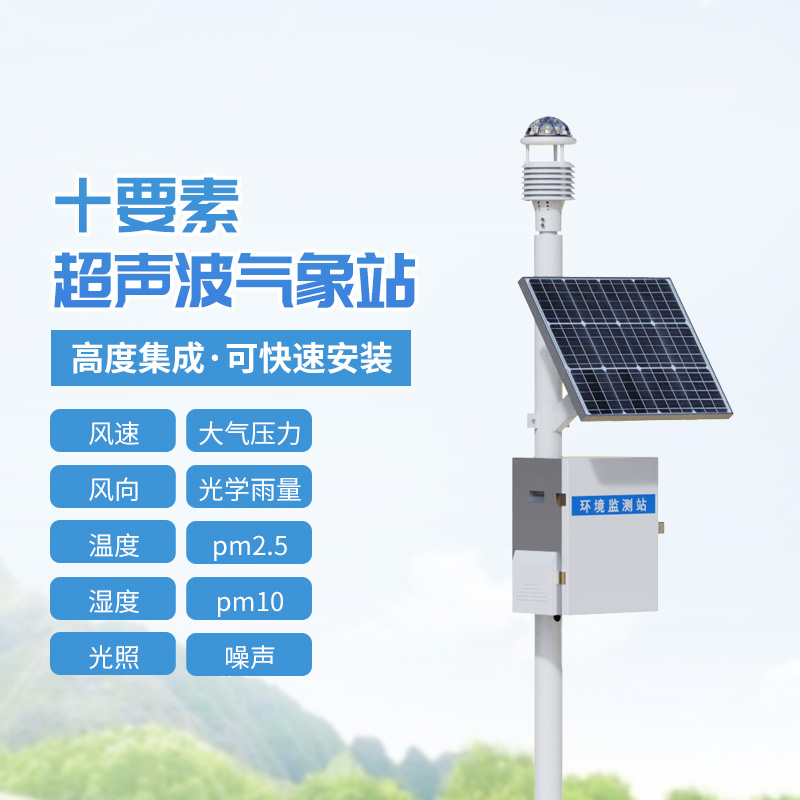
Article address:
http://www.0757gl.com/en/article/1561.html

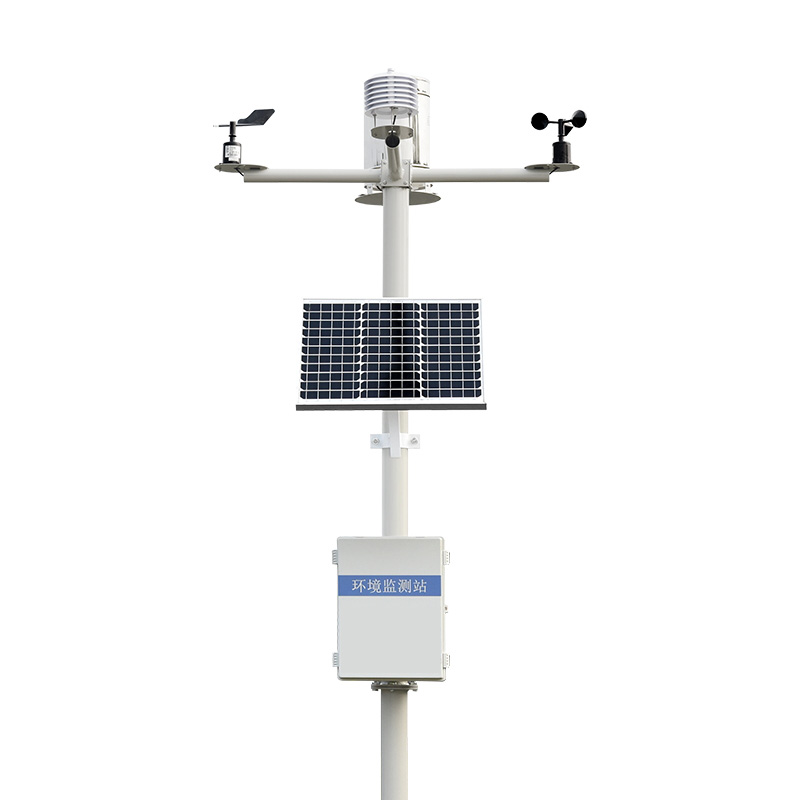
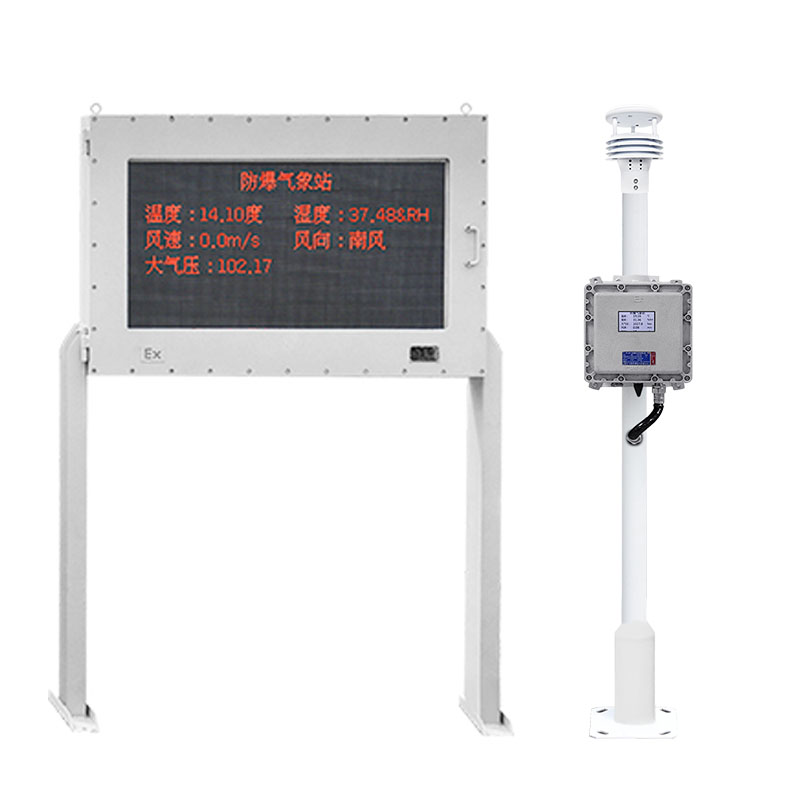
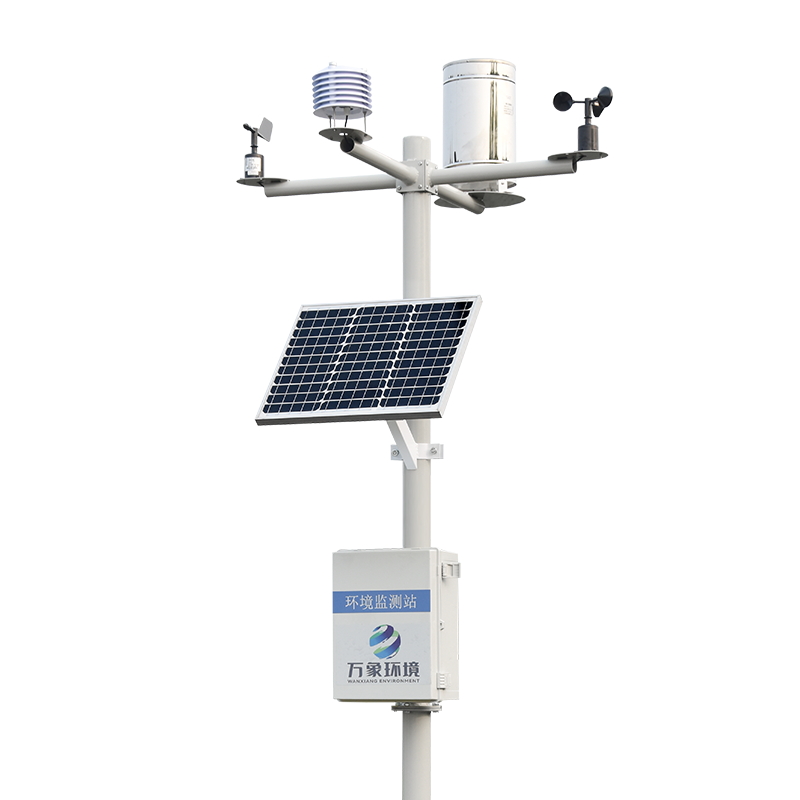
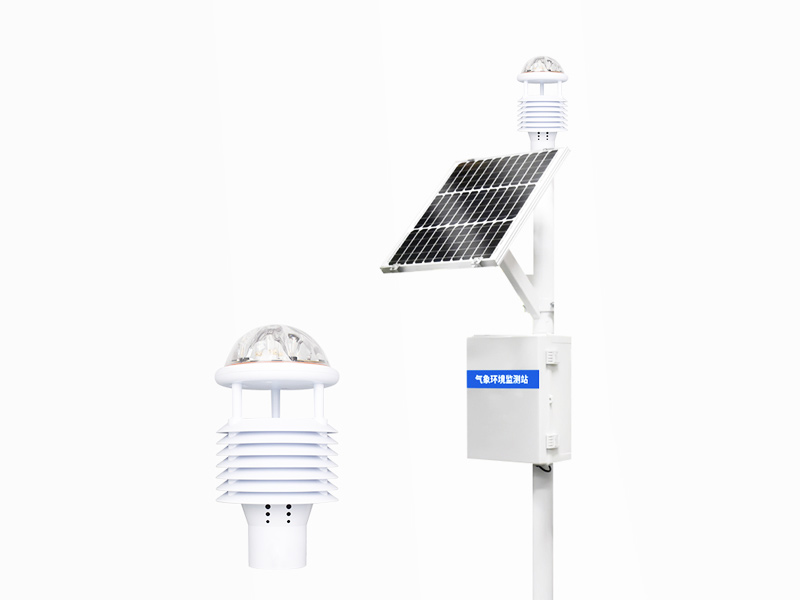
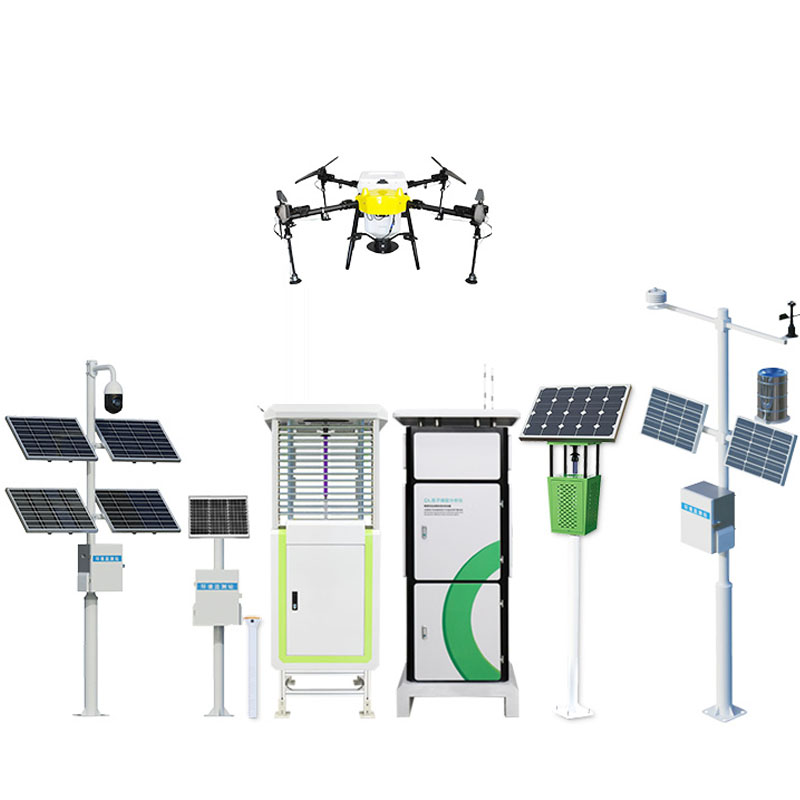

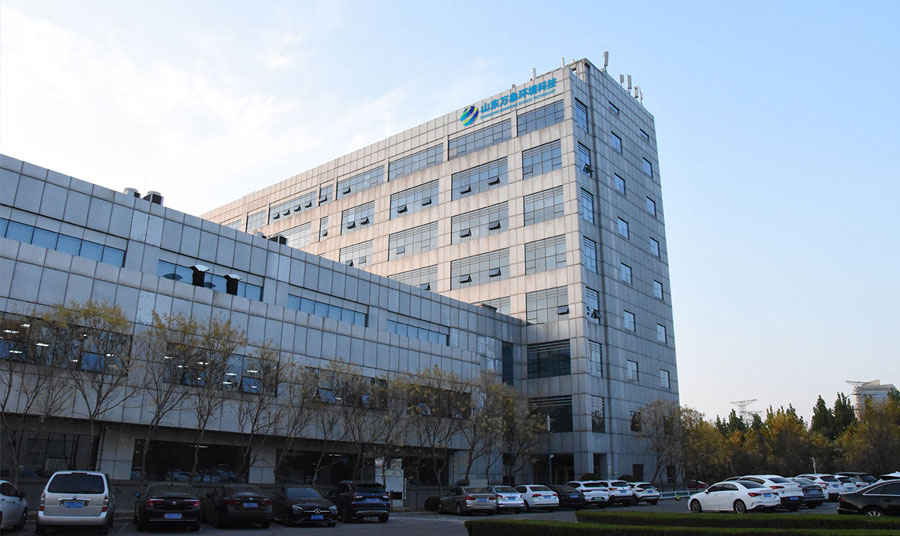
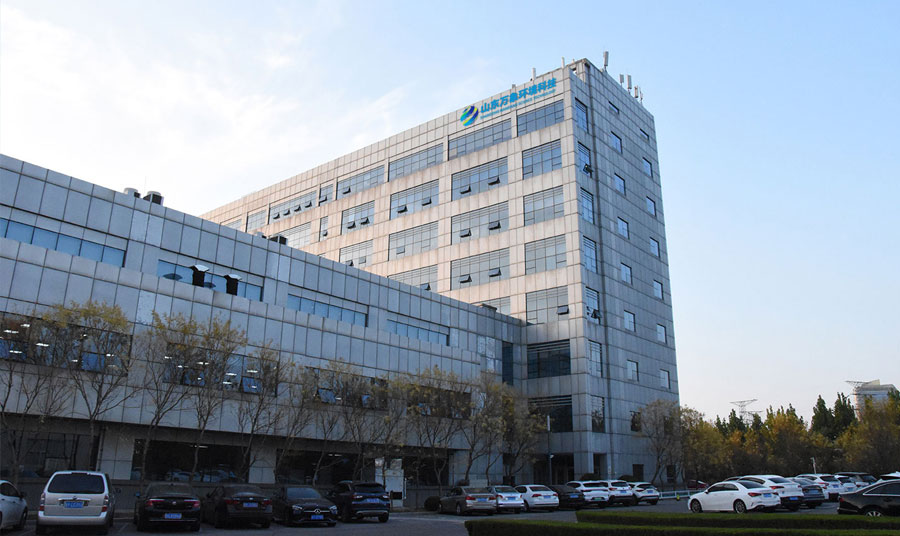



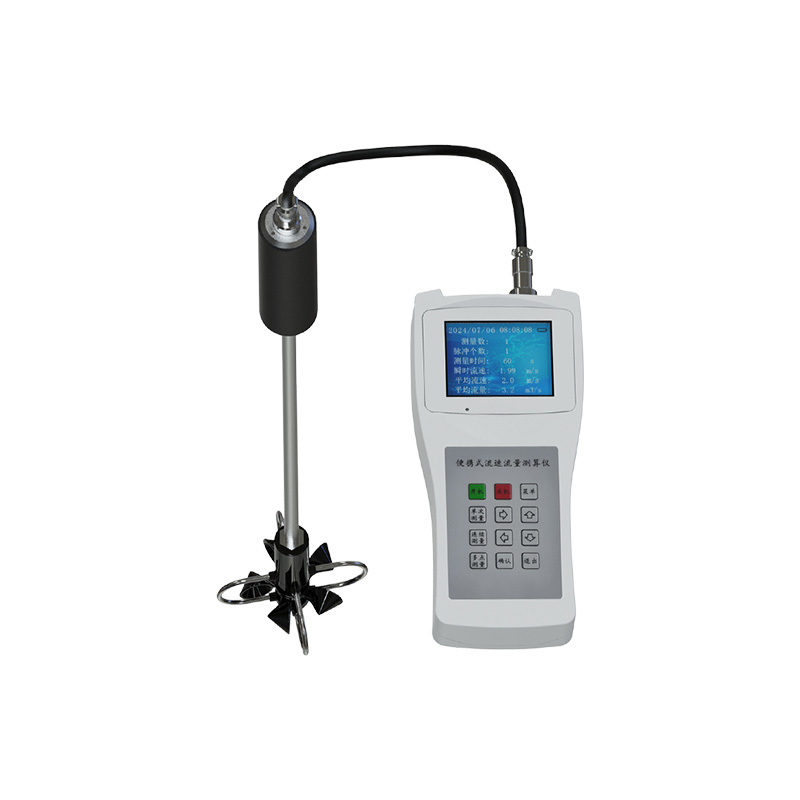
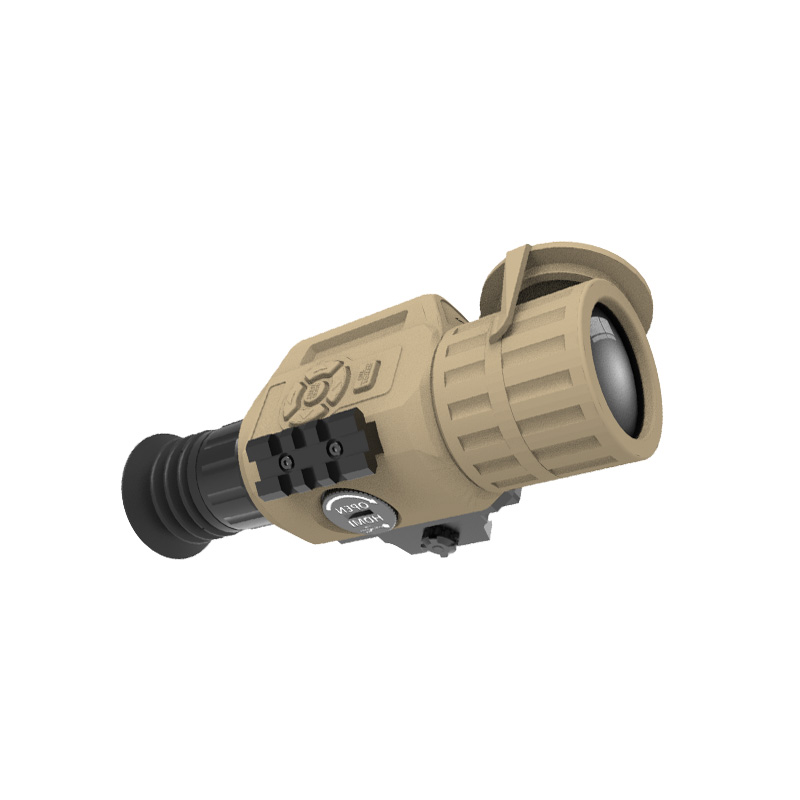
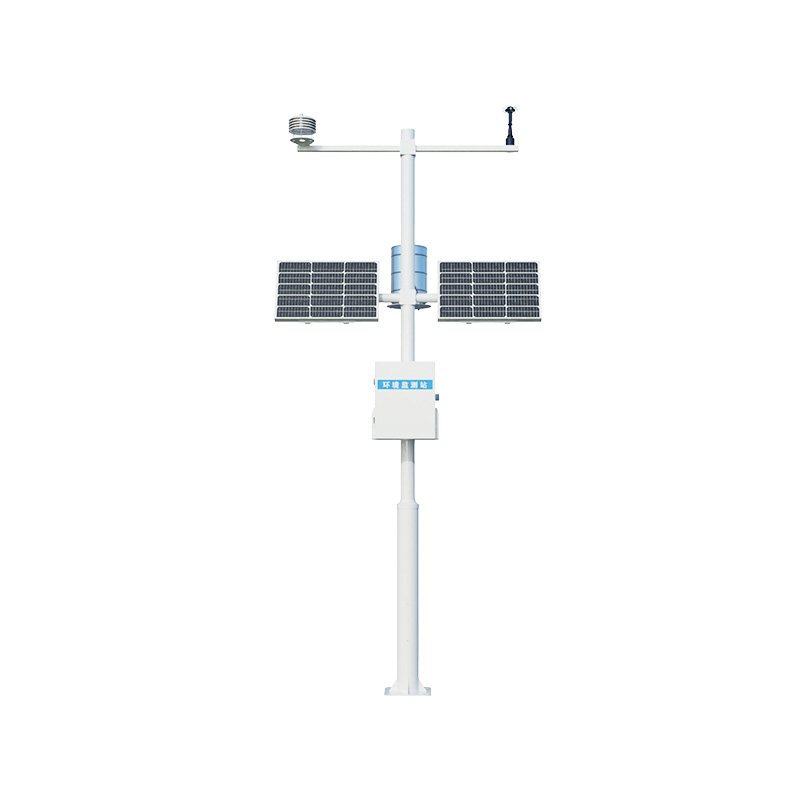
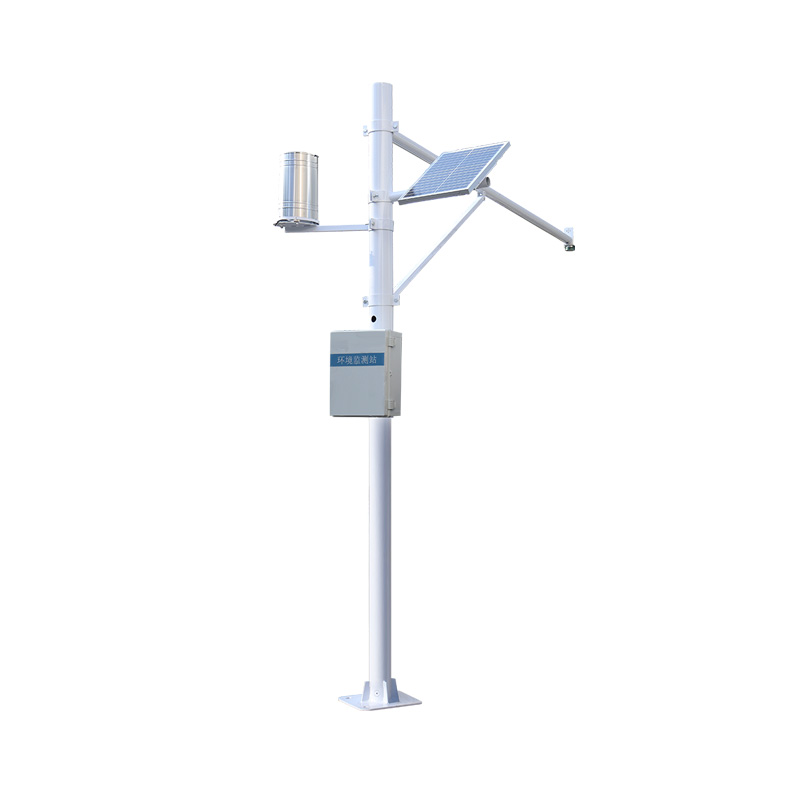
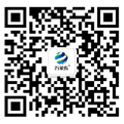

 Home
Home phone
phone Product Overview
Product Overview Contact Us
Contact Us